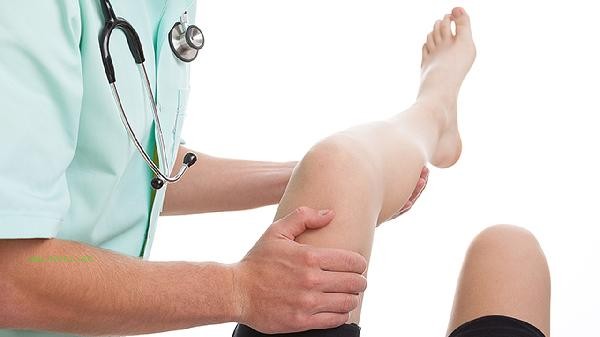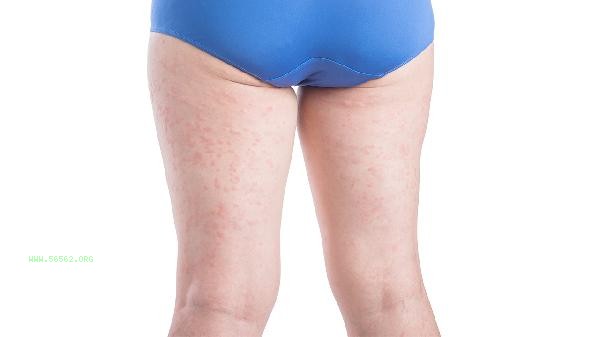Strengthening thigh muscles can be achieved through exercises such as squats, lunges, leg lifts, hard pulls, and wall squats. These movements can specifically stimulate the quadriceps, hamstring, and gluteal muscles, and when combined with a scientific diet and rest, can effectively improve muscle strength and circumference.

1. Squatting
Squatting is a golden movement that stimulates the thigh muscles, mainly exercising the quadriceps and gluteus maximus muscles. The standard posture is to stand with both feet shoulder width apart, bend the hips and knees slowly, and squat down until the thighs are parallel to the ground. Pay attention to keeping the waist straight and avoiding knee adduction. Self weight squats are suitable for beginners, while advanced ones can use weight barbells or dumbbells to increase strength. Practice 2-3 times a week, 3-4 groups per session, 12-15 times per group.
2. Arrow step squat
Arrow step squat focuses on the development of unilateral leg strength, which can synchronously improve balance ability. The key to the action is to squat forward with one leg, with the front leg knee joint at a 90 degree angle and the back leg knee close to the ground but not touching it. You can increase resistance by holding dumbbells or carrying barbells, with a focus on exercising the quadriceps and hamstring muscles. Suggest alternating between left and right legs, 8-12 times per group, with no more than 60 seconds of rest between groups.
3. Leg Lift
The leg lift equipment can accurately stimulate the quadriceps, making it suitable for gym trainers. Adjust the seat to align the knee joint with the instrument pivot, with the feet spaced hip width apart. Slowly lift the weight until the legs are straight without locking the knee joint. Pay attention to controlling the falling speed to avoid inertial force, and choose a weight that can complete 12 movements. This action has less pressure on the knee joint and can be used as a transitional training during the rehabilitation period.

4. Hard Pull
Traditional hard pull can fully activate the hamstring and gluteal muscles on the back of the thigh. Stand with both feet and hips at the same width, hold the barbell with both hands, maintain a neutral position on the spine, and lift the barbell along the front of the calf until the body is upright. The Romanian hard pull variant can provide more concentrated stimulation to the hamstring muscles. Special attention should be paid to waist protection during training, and it is recommended to learn the correct power mode under the guidance of a coach.
5. Wall squatting
Wall squatting is a low impact isometric contraction training, especially suitable for people with knee joint discomfort. Slowly squat with your back pressed against the wall until your thighs are parallel to the ground and your calves are perpendicular to the ground. Maintain this position for 30-60 seconds. Difficulty can be increased by extending the duration or using single leg support. This static exercise can effectively improve muscle endurance and is recommended as a supplementary movement after training.

Strengthening thigh muscles should follow the principle of gradual overload, with a training frequency of 3-4 times per week to ensure full muscle recovery. Before and after training, 10 minutes of dynamic stretching and foam axis relaxation were carried out to prevent sports injury. In terms of diet, consume at least 1.5 grams of high-quality protein per kilogram of body weight per day, such as chicken breast, fish, soy products, etc., and supplement muscle glycogen with appropriate carbohydrates. Sleep for no less than 7 hours to promote muscle synthesis and avoid excessive training that can increase cortisol levels and affect muscle building.








Comments (0)
Leave a Comment
No comments yet
Be the first to share your thoughts!